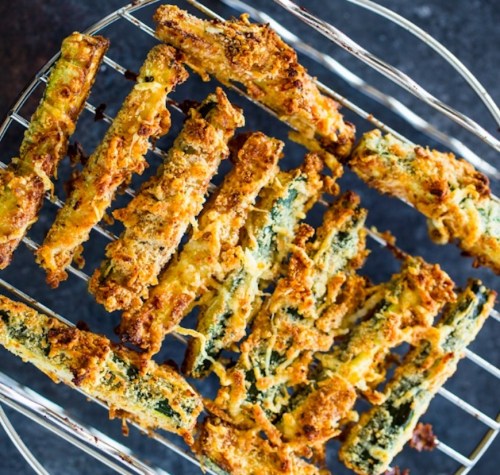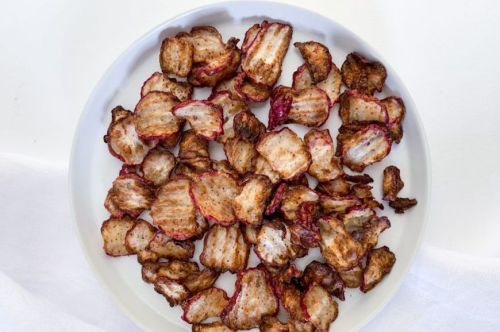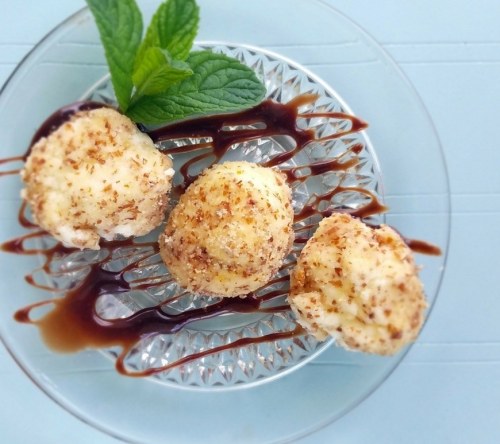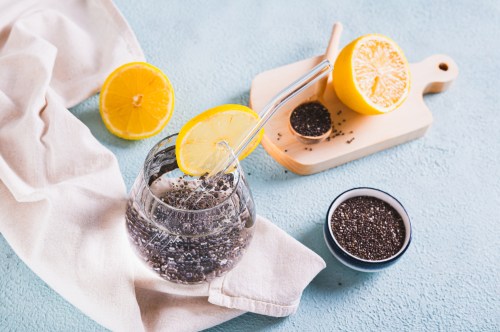It doesn’t matter if you fancy yourself a healthy eater or not—sometimes you just need to chow down on something fried! Fried chicken, fried onion rings, and French fries all taste good for the same reason. Fortunately, you can still live your healthiest life ever—even your healthiest keto life ever—without sacrificing golden crispiness. All you need is a few smart substitutions and an air fryer.
The popular kitchen tool has the ability to make food crispy without all the oils typically required with deep frying. And we’ve got more than a handful of (finger lickin’) good ideas to get you started.
7 deliciously healthy keto air fryer recipes

1. Fried chicken
This easy recipe is the epitome of why the air fryer is so darn amazing. Not only is this chicken perfectly crispy, it’s completely grain-free. The key to getting the breading just right is coconut flour, eggs, and—wait for it—pork rinds. Trust the process. This wildcard ingredient makes all the difference.

2. Zucchini fries
Maybe you’re not hungry enough for a whole meal; you just want a little something to snack on. Well, there’s an air fryer recipe for that! This recipe calls for zucchini (not just zoodles!), egg (the keto mascot), almond flour, Parmesan cheese, and seasonings. Ten minutes in the air fryer and your delicious snack is ready.

3. Buffalo chicken hot wings
Yep, your air fryer even has game day covered. These wings literally have less than one gram of carbs. While they’re made with a red hot buffalo wing sauce combined with soy sauce, you can also dip them in a keto-friendly ranch dressing. Hey, you know with wings, it’s all about the spice and sauce.

4. Crispy fish sticks
Just like how the air fryer can make chicken deliciously crispy, it has the same effect on fish, too. (Pork-rind panko is the key ingredient.) Because fish sticks taste best with a creamy sauce, this recipe includes one made with mayo and Dijon mustard.

5. Radish chips
Sure, you may have heard of people making healthy chips with kale or zucchini, but radishes are a totally underrated yet incredible option. Besides the starring veggie, all you need is a little olive oil, salt, pepper, garlic powder, and onion powder. This just might become your new go-to summer snack.

6. Onion rings
Sometimes when a craving for a fast food favorite hits, nothing else will do the trick. That’s where these onion rings come in. With this recipe, you get all the flavor and none of the grease. The breaded coating is made with an almond flour, ground flax blend, which not only tastes delish, but is full of protein, too.

7. Fried cheesecake bites
Yep, you can use your air fryer to make dinner—and dessert, too. These crispy cheesecake bites are made with cream cheese, erythritol, heavy cream, vanilla extract, and almond flour. The end result is the perfect blend of crunchy and creamy.
The Instant Pot is another kitchen tool everyone loves to use with keto-friendly recipes.
Sign Up for Our Daily Newsletter
Get all the latest in wellness, trends, food, fitness, beauty, and more delivered right to your inbox.
Got it, you've been added to our email list.








